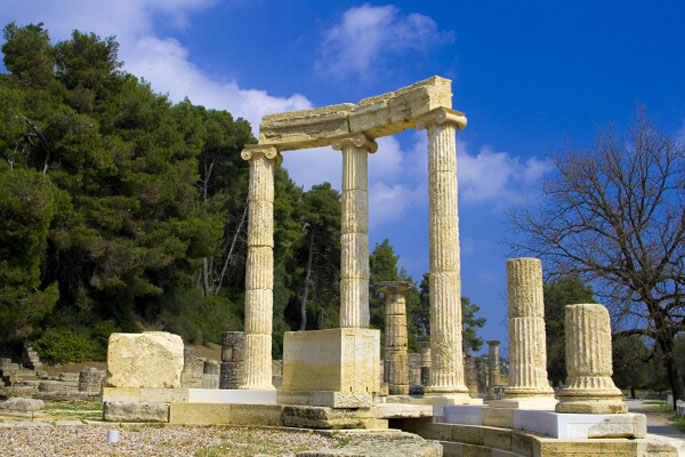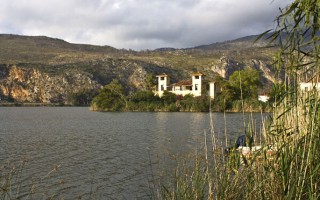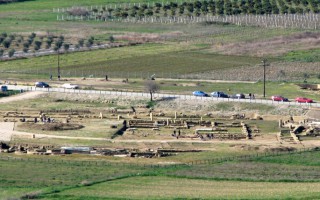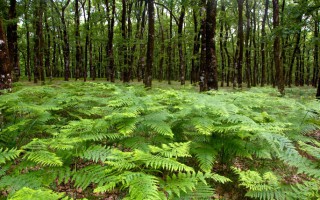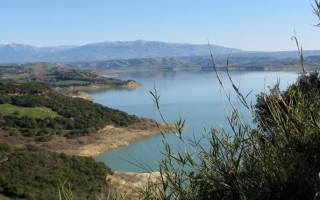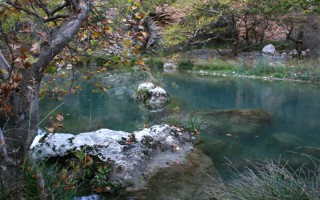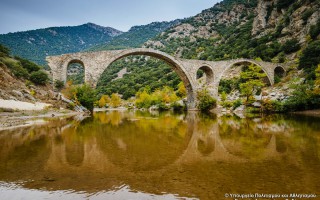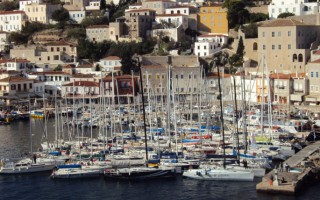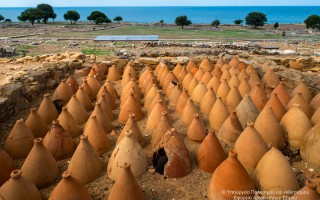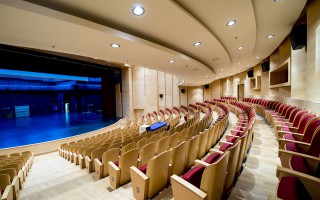During classical times Olympia was the city of Ilia best known as the area where the Olympic Games took place, the greatest athletic event of the then-Greek world. Today Ancient Olympia is a village and a municipality of Ilia, built in the valley of river Alpheus. Nearby lies the archaeological site, one of the most popular ones in Greece, which attracts every year tourists from all over the world. The first excavations in the area began in 1829 and are still on-going, with important information constantly coming to light. The archaeological site’s most important buildings include the Gymnasium, the Palaistra, the Stadium, the temple of Zeus, the Bouleftirion, the Baths, Phidias’ workshop, the Leonidaion (guesthouse for the noblemen), the Sanctuary of Hestia and many more. There are indications that Olympia was inhabited in the 3d millenium B.C. It reached its great prime between the 8th and the 5th century B.C. A significant contributing factor to this was the official establishment of the Olympic Games in 776, something which brought thousands of visitors to the city every four years. This fact is attested by the vast number of votive offerings from almost all areas of Greece.
Video by fabdrone
Olympia was a sacred place in antiquity, dedicated to Zeus, where quatriannual games in the god’s honour took place, the renowned Olympic Games. The first games took place in 776 B.C.; according to tradition, Lycurgus of Sparta reached an agreement with Iphitus, the king of Ilida, regarding the establishment of worship events in Olympia in honour of the god. During these events it was agreed that there would be truce in the whole of Greece. The celebrations were held every four years until 393 A.D., when the emperor Theodosios A’ banned them, denouncing them as a pagan custom. The games revived much later, in 1896, when Baron Pierre de Coubertin took the initiative to bring them back to their birthland after many centuries, and have since been established as a worldwide event.
The excavations
The site was discovered in 1766, the excavations, however, began much later, in 1829, by the French Scientific Mission in the Peloponnese. The first big excavation began in 1875, led by the German archaeologist Ernst Curtius. By 1881 significant findings had come to light, such as the renowned Hermes by Praxiteles and Nike of Paionius. Between 1908 and 1929 new excavations took place, led by Wilhelm Dörpfeld. Those who worked at the excavations in Olympia between years 1952-1966 were: Emil Kunze, Hans Schleif and Alfred Mallwitz. Ever since then a lot of research has been done, many dates have been verified and a vast amount of information has come to light. Research is still under way today, since the archaeological site seems to have a lot more to reveal.
The archaeological site
At the centre of the archaeological site stands Altis, the holy grove, which encompasses the most important buildings. The area is dominated by the majestic temple of Zeus, one of the site’s most significant monuments, since it is the largest temple in the Peloponnese; it also hosted the splendid gold and ivory statue of Zeus, 13 m. tall, made by the sculptor Phidias sometime around 430 B.C. This statue was regarded as one of the seven wonders of the world. According to a votive inscription by the Lacedaimonians, the temple was built around 456 B.C. and is an excellent sample of the Doric order. To the north there is an older temple, dedicated to Hera. This temple must have been built around 600 B.C., dedicated to the sanctuary of Olympia by the people of Scillountas, an ancient town in Ilia. The temple held one of the sanctuary’s most significant and valuable works, Hermes by Praxiteles. Only part of the temple has been preserved today, while some fragments are kept at the Archaeological Museum of Olympia. There is also the Mitroon, a temple dedicated to Rea-Cybele, the mother of gods, and behind it the treasures erected as offerings by the Greek cities and colonies. To the west stands Nymfaion, an aqueduct that Herodes Atticus dedicated to the sanctuary. There was also the Phlippeion, an offering by Philip II, the Prytaneion, the Pelopion, as well as many altars, busts and statues. Outside of the Altis there was also the Bouleftirion, the South Stoa, the Gymnasium, where the athletes trained, the Palaistra, Phidias’ workshop, the Baths, the Leonidaion, Nero’s mansion, and of course the Stadium, where the Olympic Games took place, with a capacity of 45,000 spectators.
The Archaeological Museum of Olympia
This Museum is one of the richest and most important museums in Greece, and it hosts the findings that the excavations at the ancient site of Olympia brought to light. It includes the largest collection of copper artifacts in the world, as well as collections of sculptures, ceramics and various artifacts connected to the Olympic Games. Among the most significant findings are the famous Hermes by Praxiteles, Nike by Paionius, the helmet of Miltiades and the complex of Zeus and Ganymede.
Source: www.mythicalpeloponnese.gr

